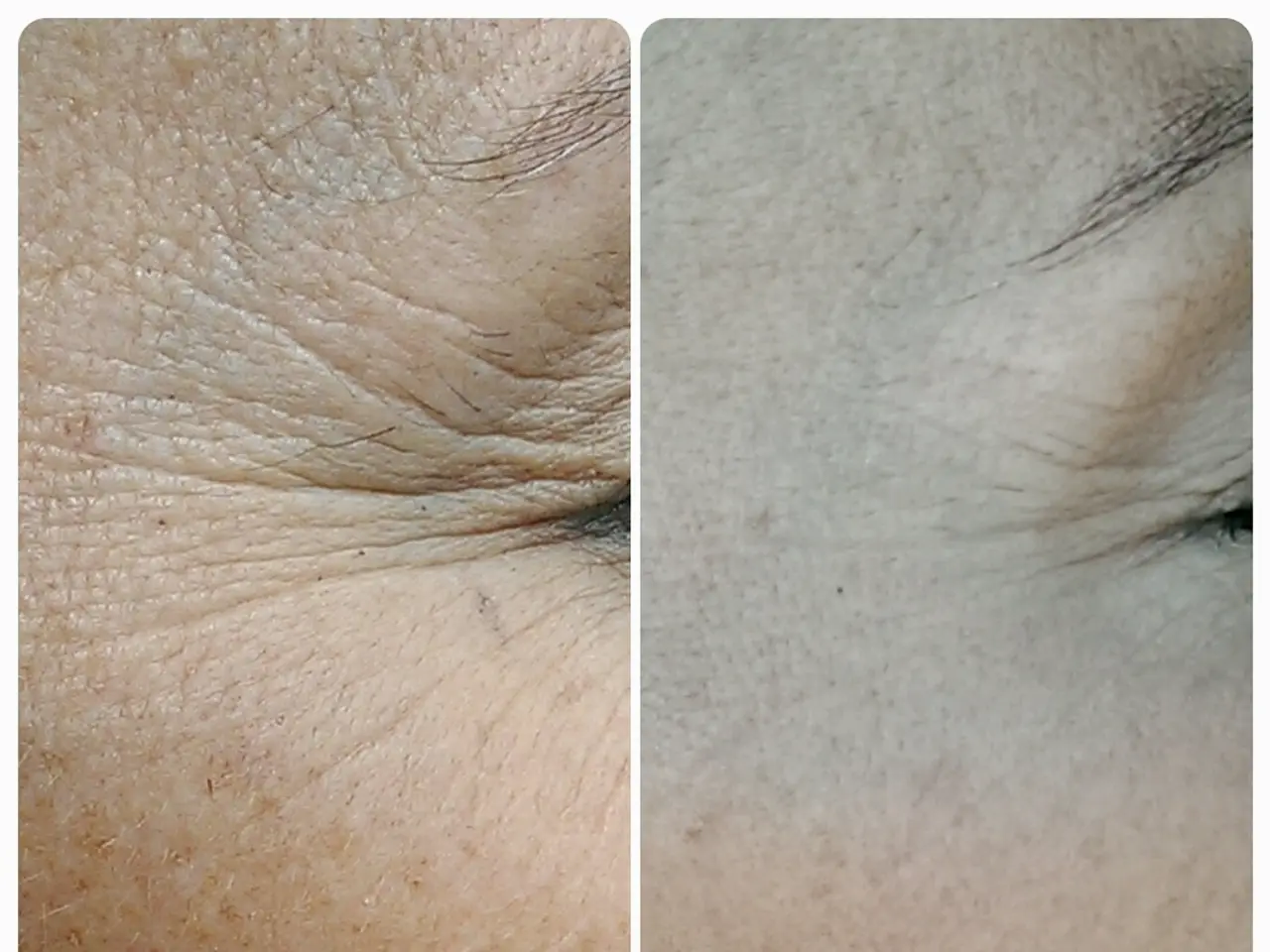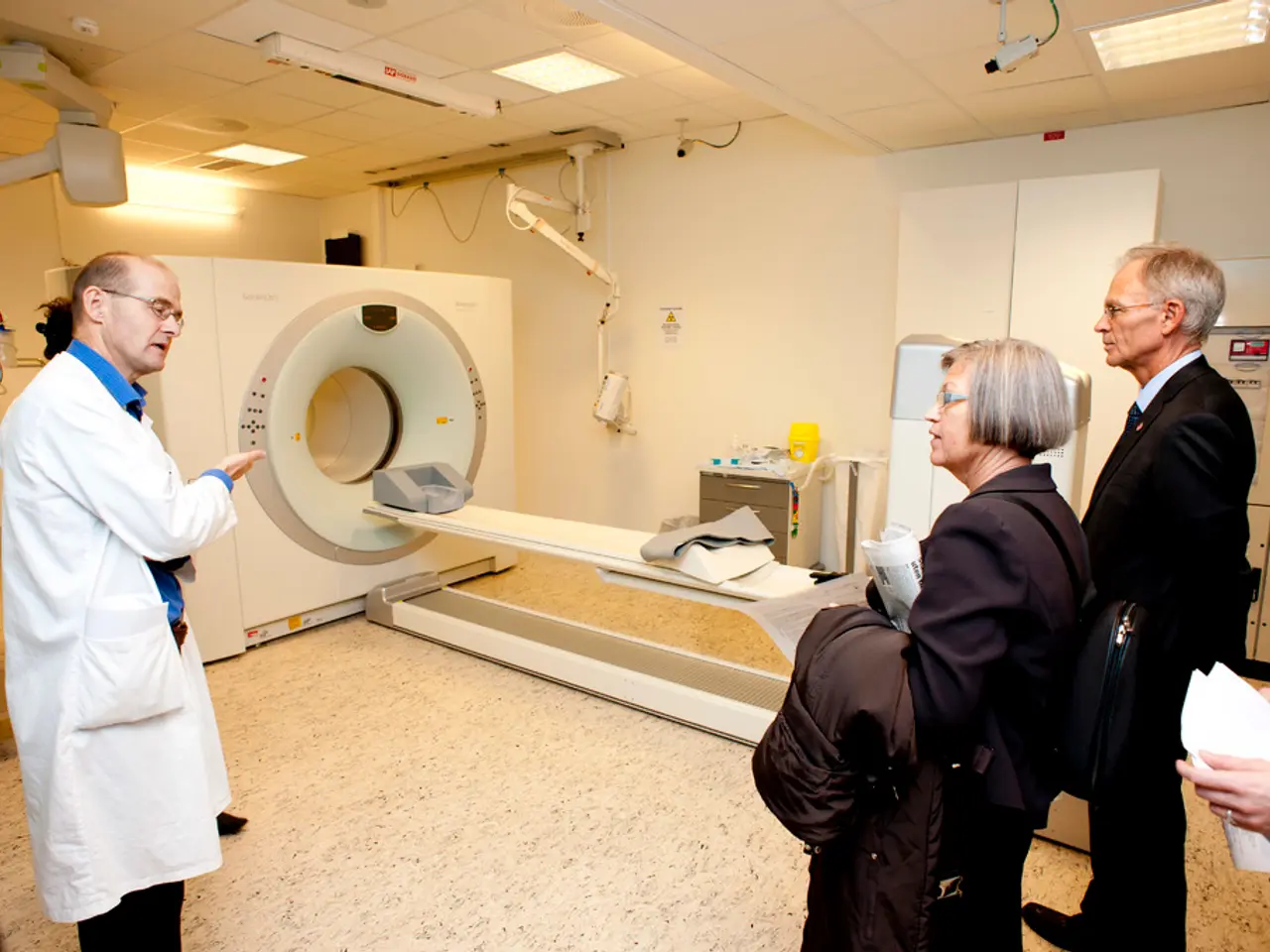Impact of COPD and Allergies: Treatments, Medications, and Further Insights
In the battle against chronic obstructive pulmonary disease (COPD), understanding the role of allergies and allergy medications is crucial. Here's a breakdown of how these factors can influence COPD symptoms and management.
Environmental allergens, such as pollen, mold, and dust mites, can exacerbate COPD symptoms by triggering airway inflammation and increased bronchial reactivity. Climate change has been heightening allergen exposure, leading to more frequent exacerbations in COPD patients sensitive to these allergens. These environmental factors damage airway epithelium and stimulate the release of inflammatory mediators, further aggravating airway inflammation.
Allergy medications, especially newer biologic therapies, are showing promise in managing COPD patients with allergic or eosinophilic characteristics. Biologics like dupilumab (an IL-4 receptor alpha antagonist) and mepolizumab (targeting IL-5) have demonstrated reductions in COPD exacerbations and improvements in lung function and quality of life in patients with eosinophilic inflammation or asthma-COPD overlap. These treatments address the underlying allergic inflammation that can worsen COPD.
Traditional COPD inhalers, such as those containing budesonide/formoterol and arformoterol, primarily act as bronchodilators and inhaled steroids to control airway obstruction. However, their use comes with potential side effects, including an increased risk of infections and pneumonia.
In summary, recognizing and treating allergy-related inflammation and minimizing allergen exposure are important components of comprehensive COPD management, especially in patients exhibiting allergic or eosinophilic features. Biologic therapies targeting specific inflammatory pathways now provide additional options for improving outcomes in these subsets of COPD patients.
For those with both COPD and allergies or asthma, working closely with a doctor to discuss medications and possible methods to manage the conditions is essential. This may include avoiding smoking and exposure to secondhand smoke, managing pet dander by keeping pets out of the bedroom, regularly cleaning up pet hair, and washing the pet, and limiting time outdoors during allergy season.
In severe cases, an asthma attack may fully close the airways, which could be life-threatening. In such cases, prompt medical attention is crucial.
Symptoms of hay fever, including sneezing, congestion, mucus production, a runny nose, wheezing, itchy eyes, nose, or throat, shortness of breath, rash, fatigue, and watery eyes, can often mimic COPD symptoms. Allergy testing is recommended for those who suspect they have allergies or that their allergy symptoms are making their COPD worse.
Finding a way to manage symptoms in daily life is important, and what works will vary in each case. Keeping a living space clean and decluttered may help reduce allergies in some people. Using an air purifier with a HEPA or ULPA filter may also help reduce allergens in the home.
A doctor can prescribe medications or combinations of medications to help control the symptoms with as few interactions or side effects as possible. In some cases, this may include the use of over-the-counter medications such as diphenhydramine (Benadryl) and cetirizine (Zyrtec) to help with the symptoms of allergies.
In conclusion, managing COPD symptoms involves a multi-faceted approach that includes both traditional COPD treatments and strategies for managing allergy symptoms. Recognizing the role of allergies in COPD and utilizing appropriate treatments can lead to improved outcomes for those living with this condition.
References:
[1] Bernstein, J. A., & Busse, W. W. (2020). Asthma-COPD Overlap Syndrome. New England Journal of Medicine, 383(1), 25-35.
[2] Schroeder, S. L., & Kowalski, R. L. (2019). Climate change and airway disease. Respiratory Research, 20(1), 1-10.
[3] Calverley, P. M., et al. (2014). Inhaled corticosteroids in stable COPD: A systematic review and network meta-analysis. The Lancet Respiratory Medicine, 2(3), 189-199.
[5] Chung, K. F., et al. (2020). Global Initiative for Asthma 2020: Executive Summary. American Journal of Respiratory and Critical Care Medicine, 201(4), 378-384.
- Understanding the interplay between COPD, allergies, and allergy medications is vital in managing COPD symptoms.
- Environmental allergens like pollen, mold, and dust mites can worsen COPD symptoms by causing airway inflammation and increased bronchial reactivity.
- Climate change is increasing allergen exposure, leading to more frequent COPD exacerbations in sensitive individuals.
- Biologic therapies, such as dupilumab and mepolizumab, are proving effective in managing COPD patients with allergic or eosinophilic characteristics.
- Traditional COPD inhalers focus on controlling airway obstruction but may cause side effects like increased infection risk.
- For those with both COPD and allergies or asthma, collaboration with a doctor is essential to manage the conditions effectively.
- Severe asthma attacks could close airways completely, posing a risk to life, necessitating prompt medical attention.
- Hay fever symptoms can resemble COPD symptoms, so allergy testing is advisable for those with suspicions or worsening symptoms.
- Effective COPD management combines traditional treatments with strategies for managing allergy symptoms, leading to improved outcomes for affected individuals.




